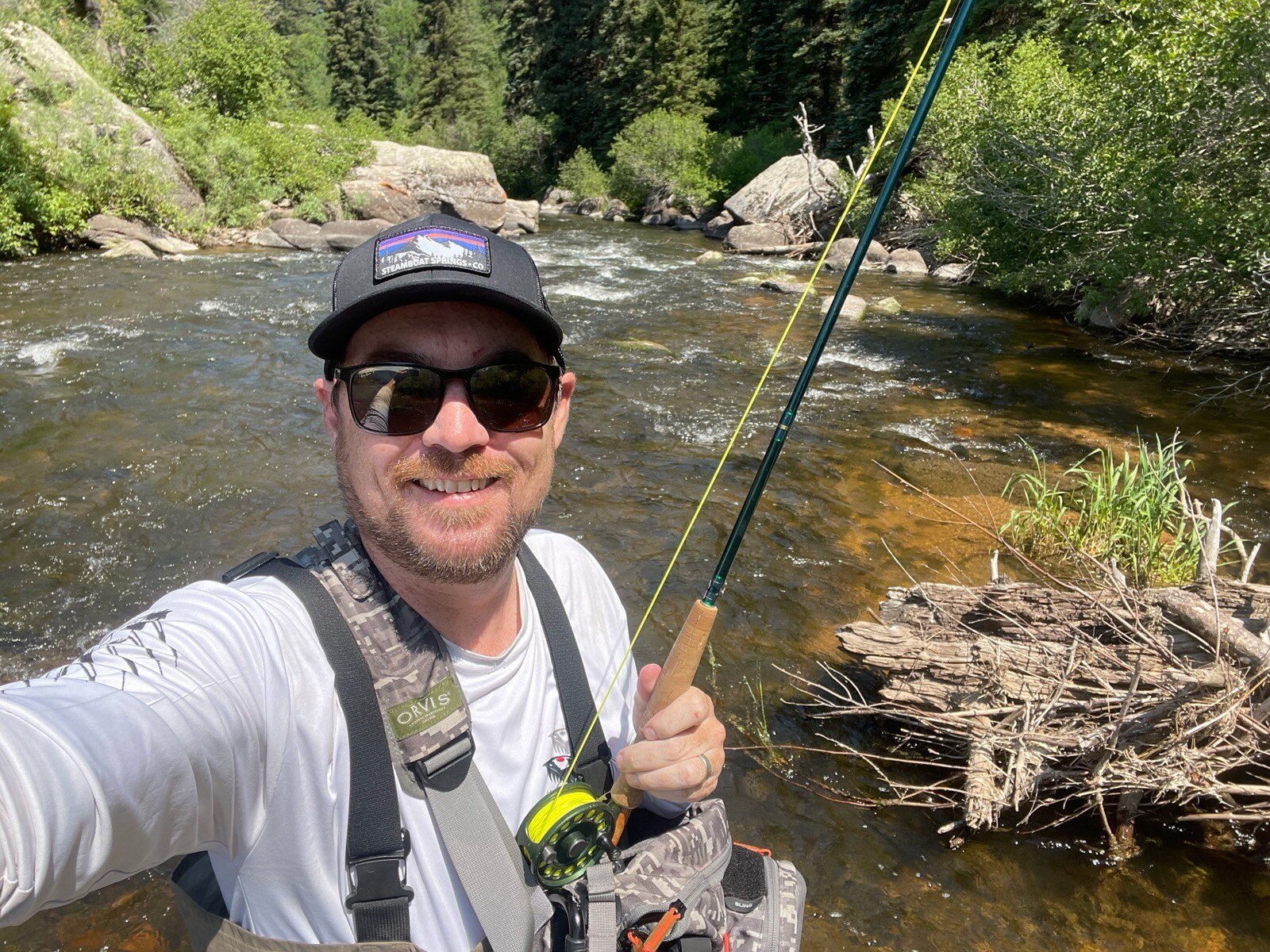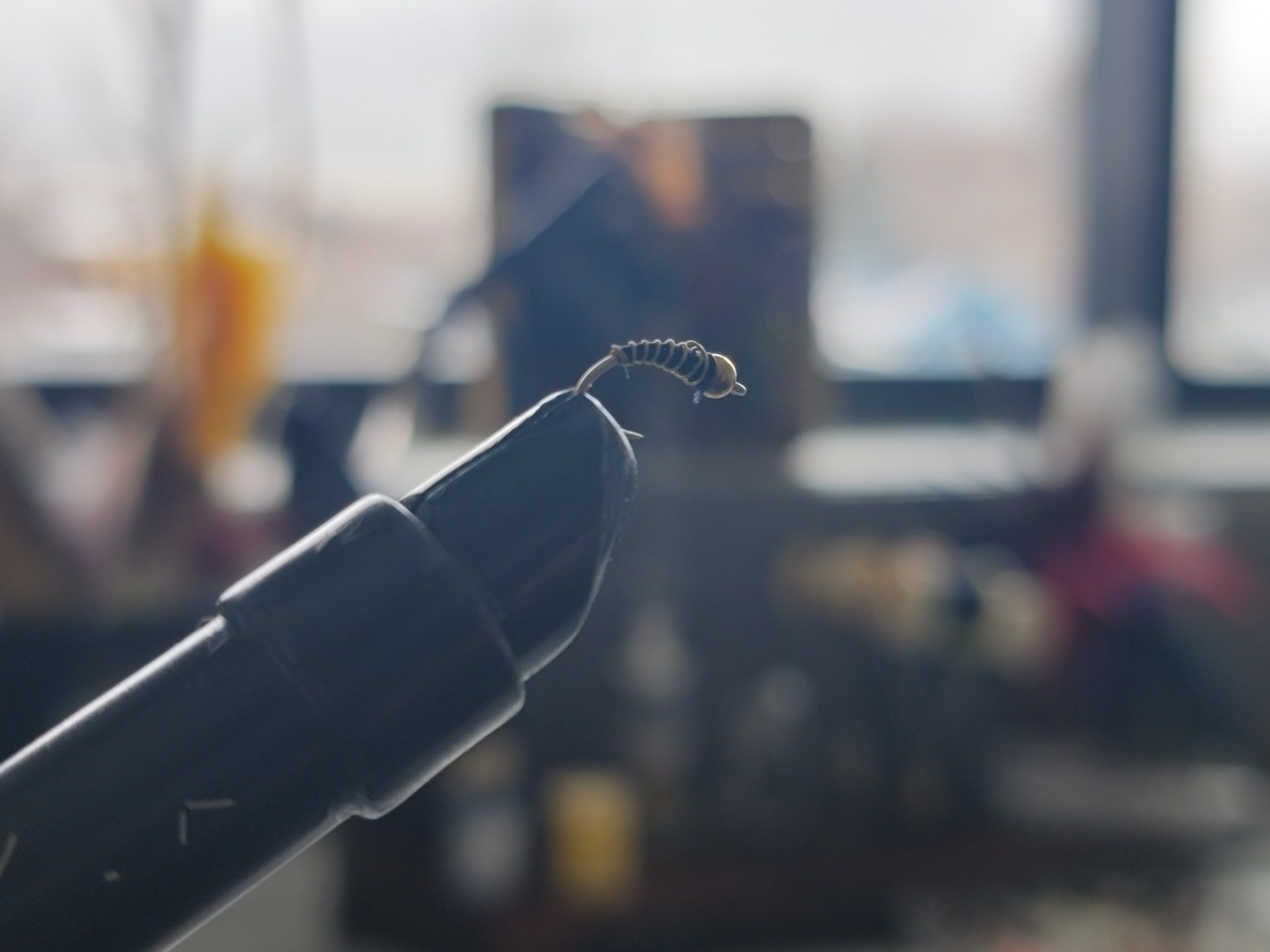Explore the differences between fishing with bead head nymphs and non-weight nymphs to improve your nymph fishing skills.
Understanding Nymph Fishing Basics
Nymph fishing, a well-loved technique for enticing fish underwater, revolves around presenting an artificial nymph to mimic the immature form of aquatic insects. Adjusting the nymph's depth in the water column is key, depending on the fish's feeding habits and the specific conditions of your fishing spot. Understanding the life cycle of aquatic insects, the feeding behavior of fish, and the various types of nymphs available is crucial for successful nymph fishing.
Advantages of Bead Head Nymphs
Bead head nymphs are like the cool kids of the nymph world, sporting a small metal or tungsten bead on their heads. This bling not only adds weight to the nymph, helping it sink faster in the water, but also gives it some serious street cred when it comes to mimicking the natural swimming motion of real nymphs. So, if you're fishing in deeper or faster-moving waters, these bead head nymphs are your go-to for staying in the strike zone and reeling in the big ones.
Benefits of Non-Weight Nymphs
On the other hand, non-weight nymphs do not have a bead or any additional weight attached to them. These nymph patterns are designed to imitate the natural buoyancy of nymphs in the water. They are typically lighter and are better suited for fishing in shallower or slower-moving water.
One of the main benefits of using non-weight nymphs is their ability to imitate the natural behavior of nymphs. Without the added weight, these nymphs tend to float and drift more naturally in the water, resembling the natural movement of nymphs. This can be particularly effective when fish feed near the surface or in slower currents, requiring a more subtle presentation.
Techniques for Fishing with Bead Head Nymphs
When fishing with bead head nymphs, it is important to use appropriate techniques to maximize their effectiveness. One method uses a weighted or sinking tip line to help the nymph sink quickly to the desired depth. Another method is to use a retrieve that mimics the natural swimming motion of nymphs, such as a slow and steady strip or a series of short, quick strips.
Additionally, it can be effective to vary the depth at which the bead head nymph is presented to the fish. This can be done by adjusting the length of the leader or adding weight to the leader or tippet. By experimenting with different depths, you can determine at which level the fish feed and increase your chances of success.
Strategies for Using Non-Weight Nymphs
When using non-weight nymphs, there are certain strategies that can help improve your chances of catching fish. One strategy is to fish these nymphs in shallower water or slower currents, where their natural buoyancy can be more effective. Another approach is to focus on areas where fish will likely feed near the surface, such as along the edges of slower-moving pools or shallow riffles.
Using a longer leader when fishing with non-weight nymphs can also be beneficial. A longer leader allows for a more delicate presentation and reduces the chances of spooking fish in clear or calm water. Finally, experimenting with different retrieve techniques, such as a dead drift or a twitching motion, can help trigger strikes from fish feeding on or near the surface.
.png?width=300&height=100&name=Copy%20of%20Rise%20Beyond%20Logo%2012.31.24%20(300%20x%20100%20px).png)

.jpg?width=800&height=600&name=20240222_071200%20(1).jpg)



